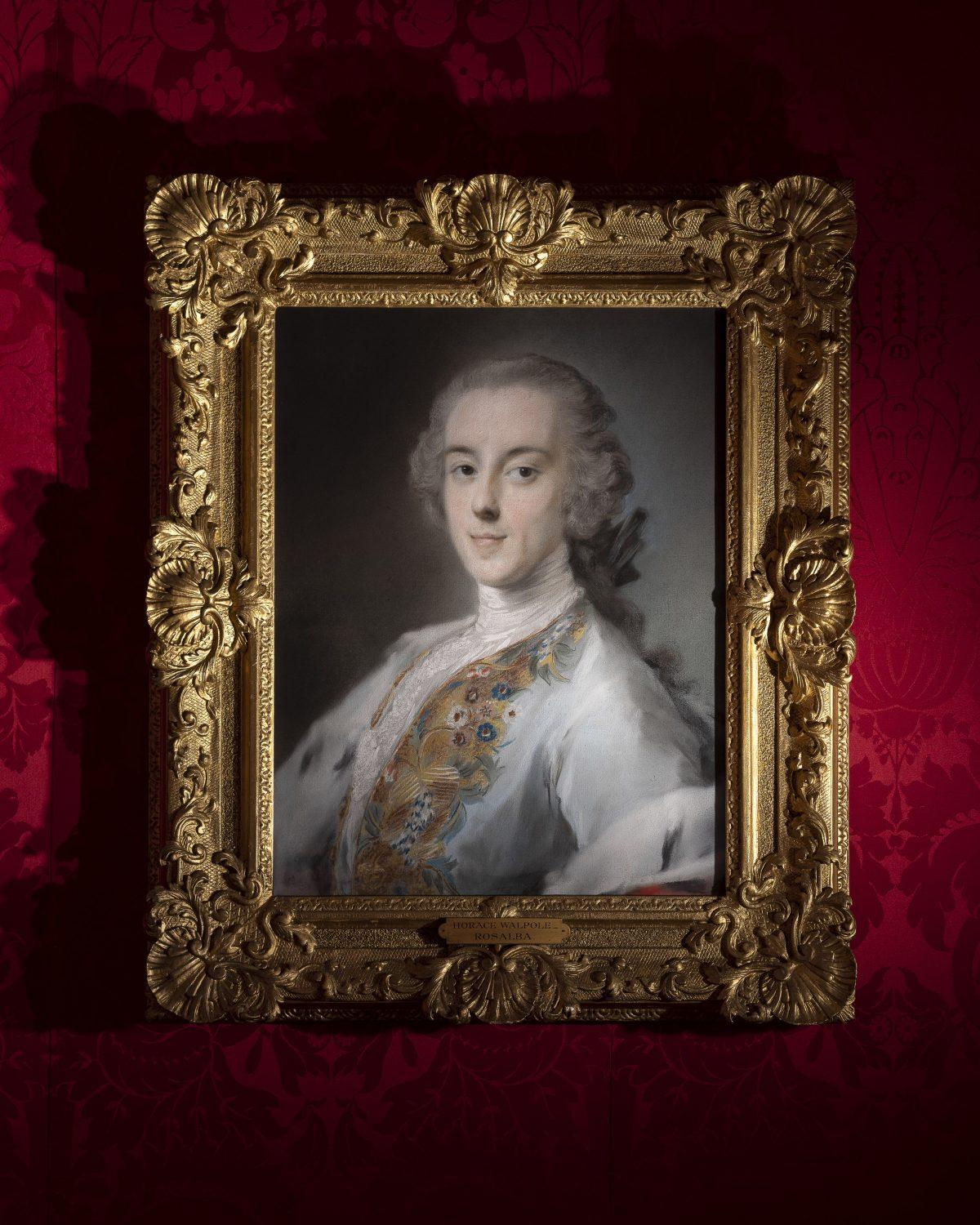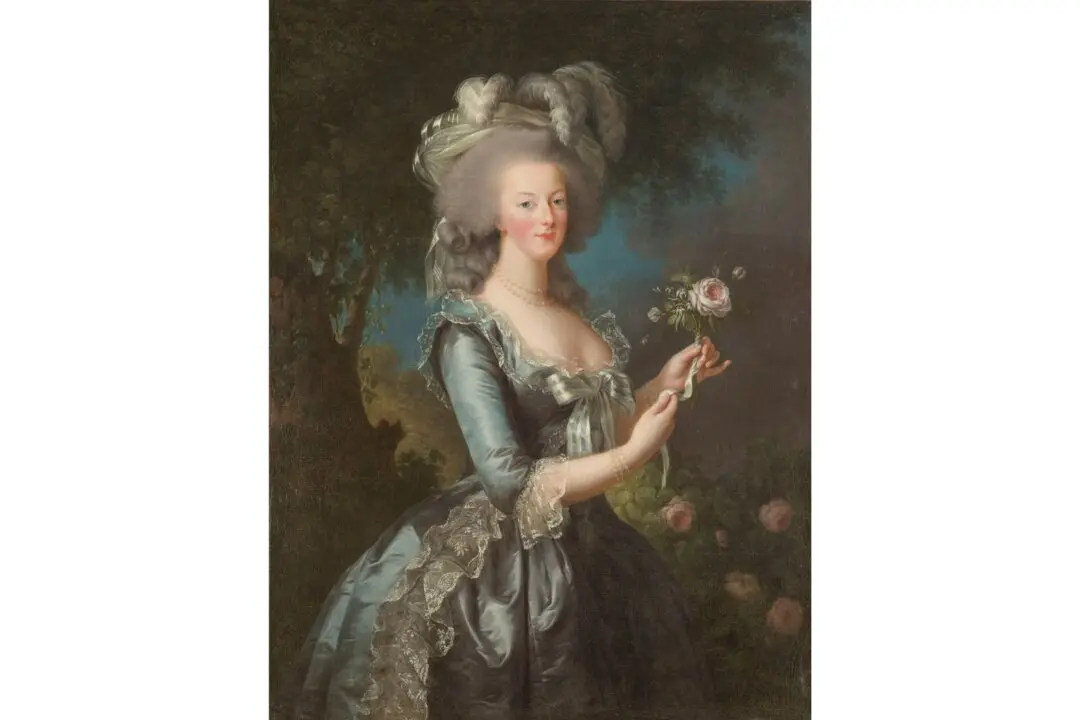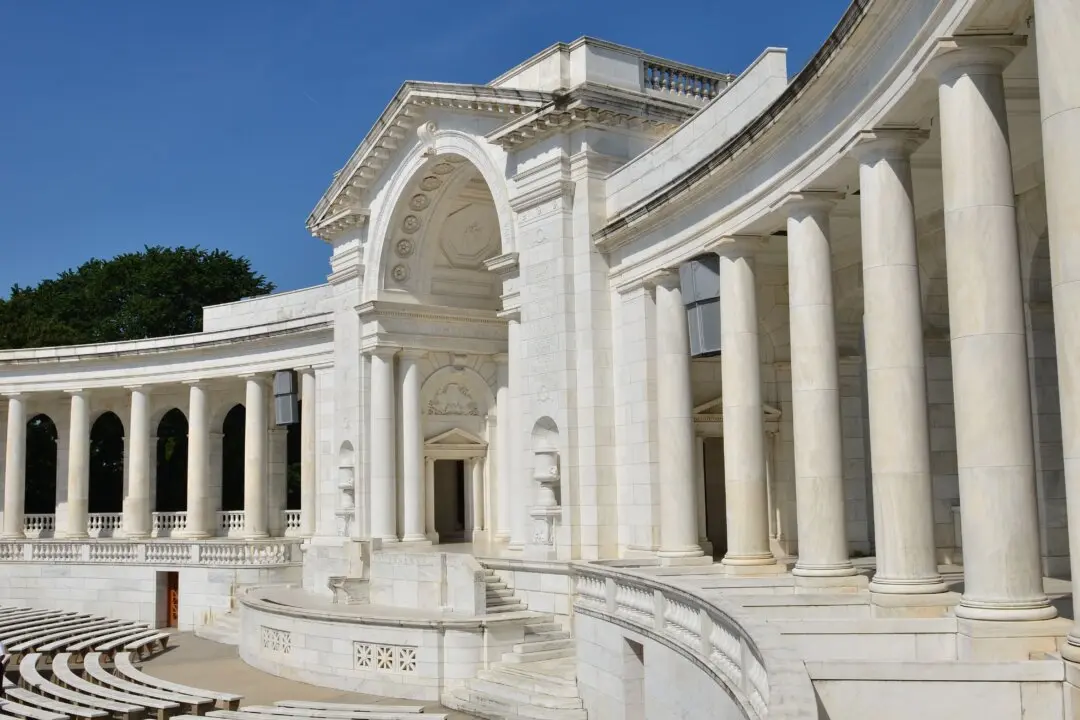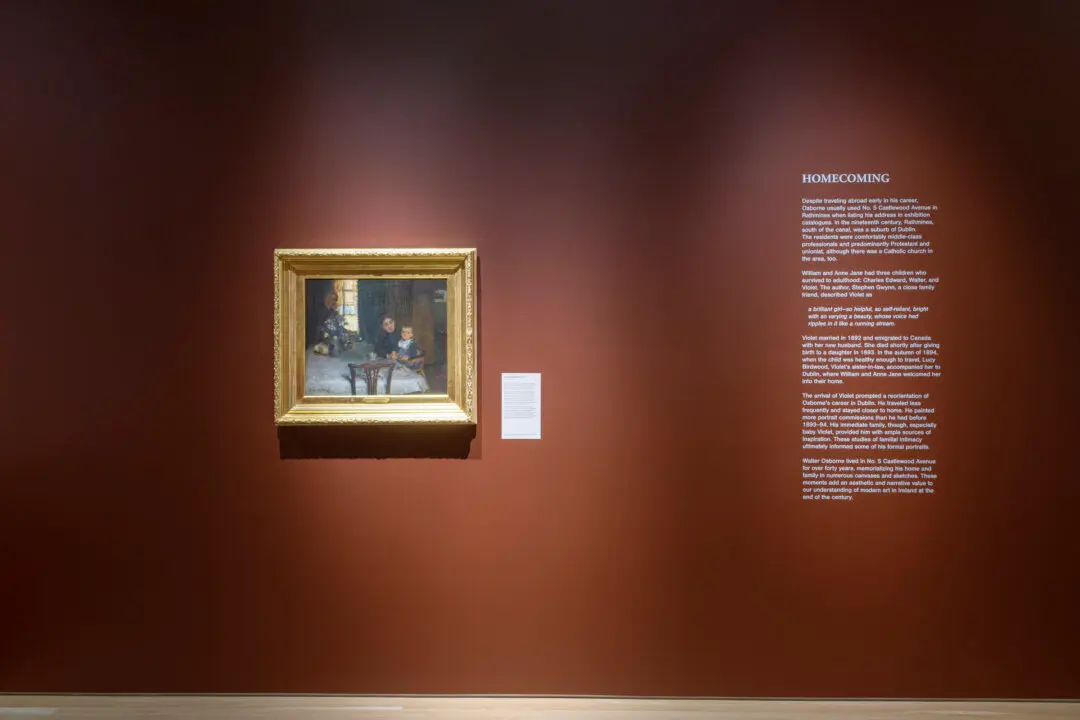On April 25, 1842, the “sale of the century” began in Twickenham in southwest London; the contents of Strawberry Hill House were collectively viewed as “the most distinguished gem that has ever adorned the annals of auctions,” stated the sales catalog. Over the course of 24 days, more than 6,000 exquisite items went on sale from the collection of 18th-century art connoisseur Horace Walpole (1717–1797).

Portrait of Horace Walpole, 1741, by Rosalba Carriera (1673–1757), Pastel. Made on Walpole’s Grand Tour in Venice and owned by Walpole’s father. Houghton Hall, Norfolk






